Its not clear what is the format of tokenised_list.
Irrespective of that ,
if you still want to use map and lambda in such formats I think the following example can make you clear:
Example 1:
td=[(1,'akshay'),(2,'laksshay')]
wd=[[x,y] for x,y in td]
Output : [[1, 'akshay'], [2, 'laksshay']]
Example 2:
td=[(1,'akshay'),(2,'laksshay')]
wd=[(d[0],[d[1]]) for d in td]
Output: [(1, ['akshay']), (2, ['laksshay'])]
Example 3:
td=[(1,'akshay'),(2,'laksshay')]
list=[]
for i in td:
a,b=[j for j in i]
list.append(lambda a,b:[a,[b]])
Output: list is a list of two lambda function objects( the lambda functions that will convert for example (1,'akshay') to [1,['akshay']].
wd=[map(lambda x,y:[x,[y]],td) for x,y in td]
Output: wd is now a list of two map objects.
Map function has the advantage of saving your memory. Otherwise you can use the third example in your own way.
I hope these examples will help you to understand and it will be better if you kindly give a better view of tokenised list.
To get a easy and more clear view of map function kindly look at :
How map can be written in an easier way?
And to speak in ground level lambda function can be replaced with def keyword which we use for defining user defined functions in python. In lambda we write the same thing in one line. Now obviously you cannot make every user defined functions as lambda. So it depends upon the situation.
Thank you.
